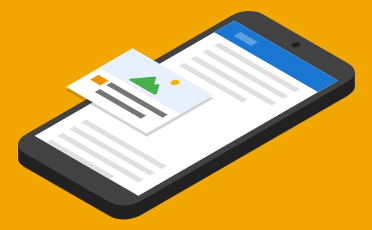Web design should be about delivering content to users – but increasingly it’s loosing this and making it harder to consume content.
These web design trends are annoying and frustrating users and need to stop.
Ads inside content

I’m not against ads – but I don’t think they should obstruct the users interaction with the content.
Ads inside content can be easily confused with content, can be difficult to avoid clicking on using mobile phones and when poorly implemented “bump” the content down as it loads.
Video banners
Videos instead of images on websites are popping up more and more.
They look flashy but take a closer look and you’ll find it adds considerable bloat to the page load time.
One website I visit frequently was recently redesigned, tested and signed off. Only all the testing happened internally on the same network it was hosted – so what they didn’t realise is that their clients had to wait an average of 10 seconds to load the 15 megabyte video banner.
Auto play videos
Video has become an extremely popular way to communicate online – but when websites start playing videos without prior interaction from the user, they end up having audio blasted from the computer. This is made worse when you open multiple tabs – creating layers of videos playing – sometimes without the ability to mute or pause.
Often these are video advertisements – showing that the web master has little care for the users experience above the ad revenue.
Google Chrome is making moves to curb this by allowing users to mute websites. But this won’t go far enough to stop the trend.
Pop-over messages

They’re used as soon as the page loads, when you go to scroll or when you go to navigate away.
Google actually demotes websites with pop-over messages for mobile searches – but despite this people still do it, although it’s more often delayed until after you interact with the page to stop Google from noticing.
Expanding ads
Expanding ads load after the page has loaded, not long after you’ve started to read the content.
When they load they bump the content down – forcing your attention onto the ad and away from the content.
Hidden content
Again, a method to get between the user and the content – hidden content can be as simple as a “click here to show more” prompt or spreading content over multiple pages.
The most prolific example of this is “top 10” type articles that spread the content over 10 pages.
Infinite scroll
Infinite scroll is where the page will continue to load new content as you scroll down the page.
This can be done to load more results in a search or to just get your to load more content beyond what you were originally accessing – for example a news website that continues to load articles.
The biggest issue here is whilst the page continues to load new content you can’t get to the footer area.